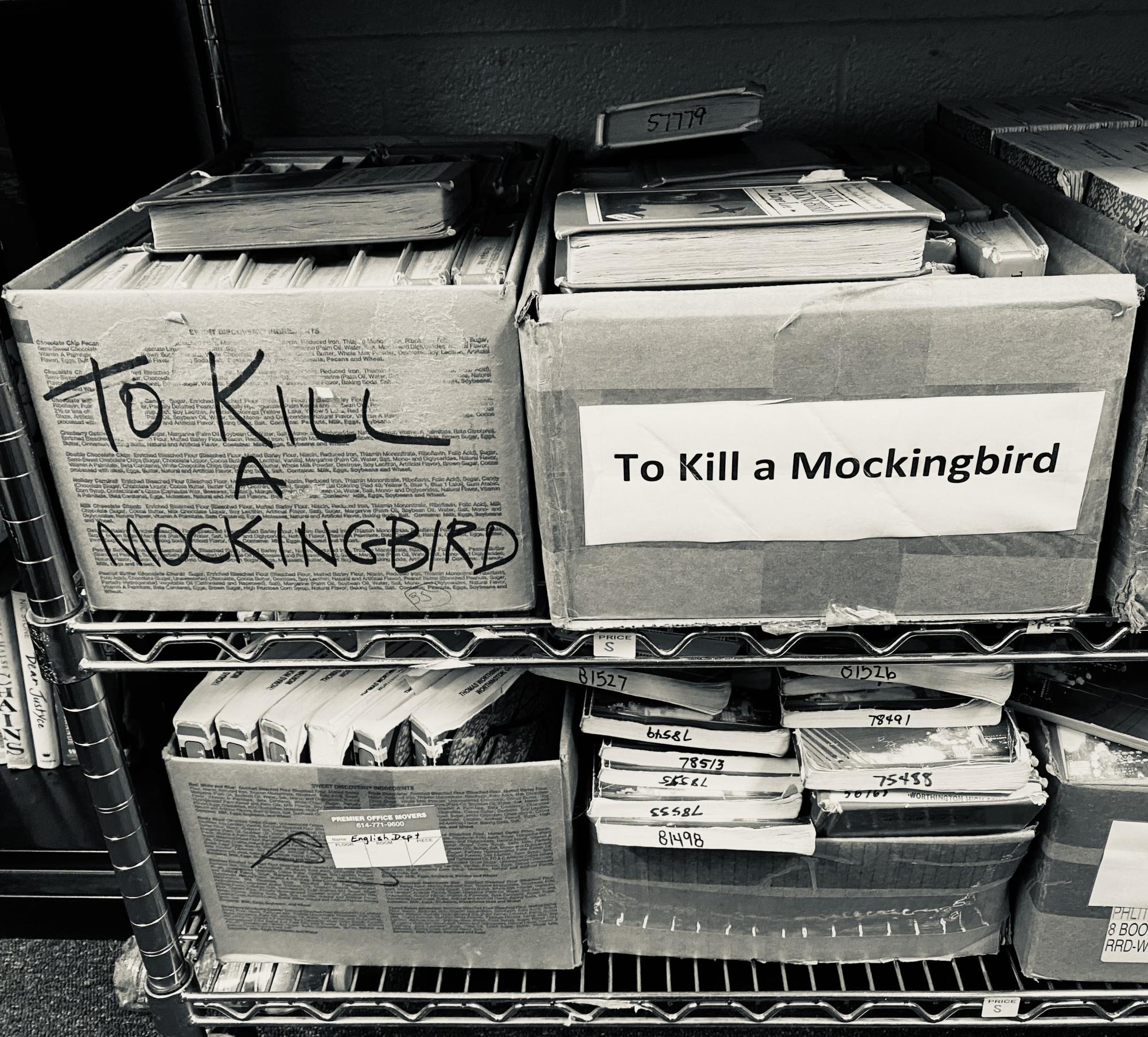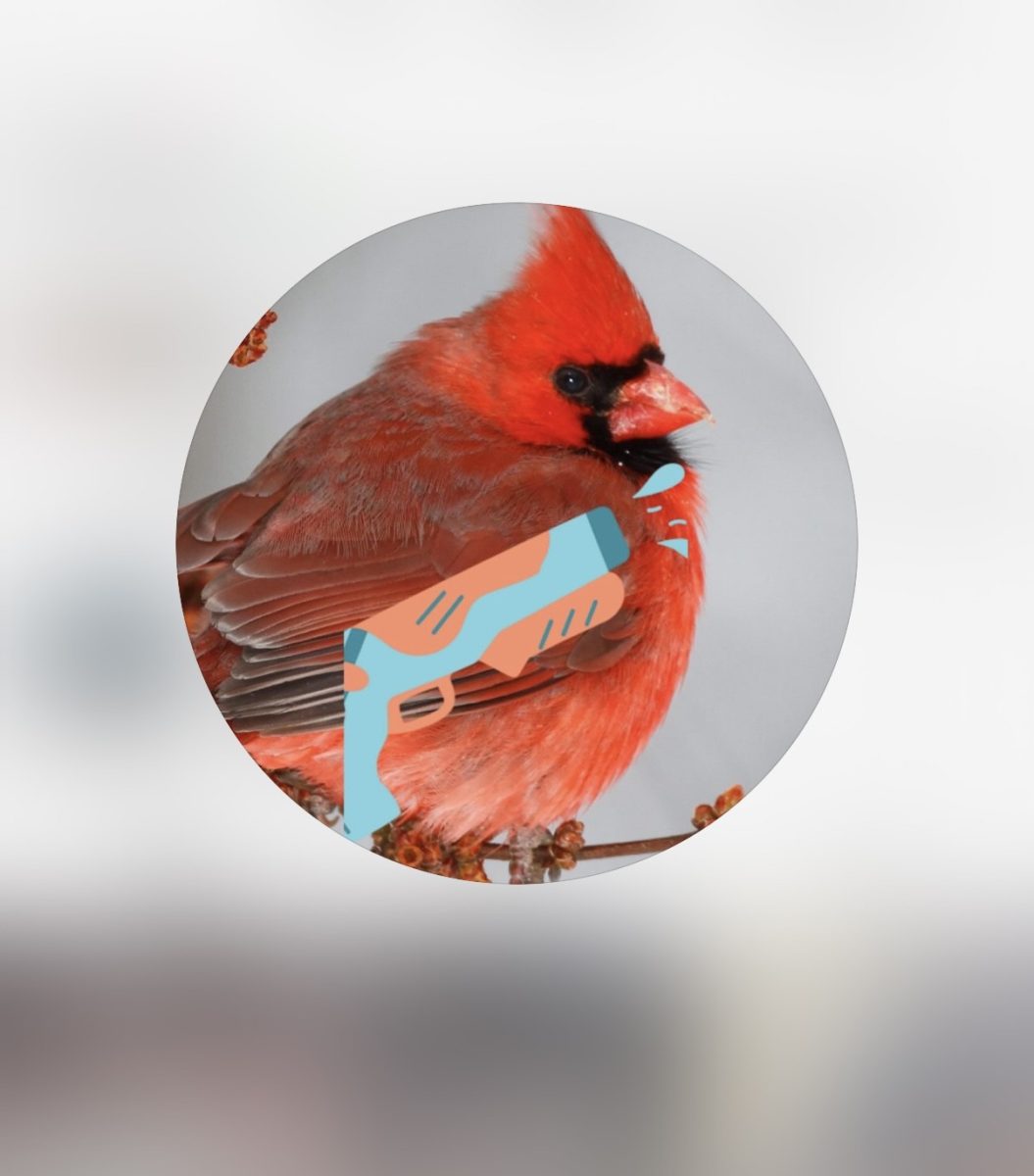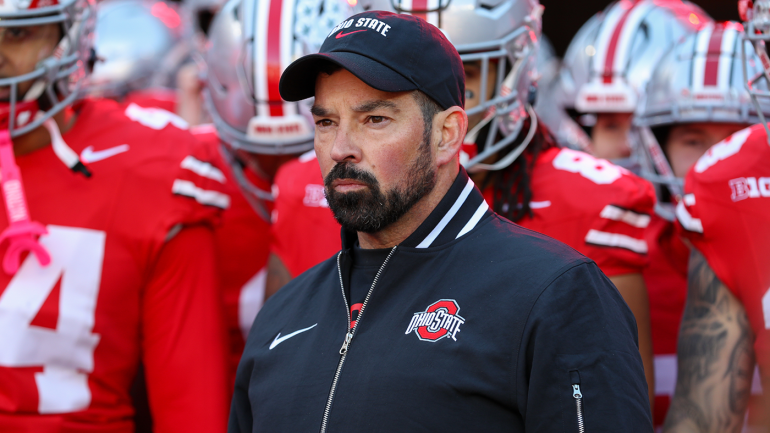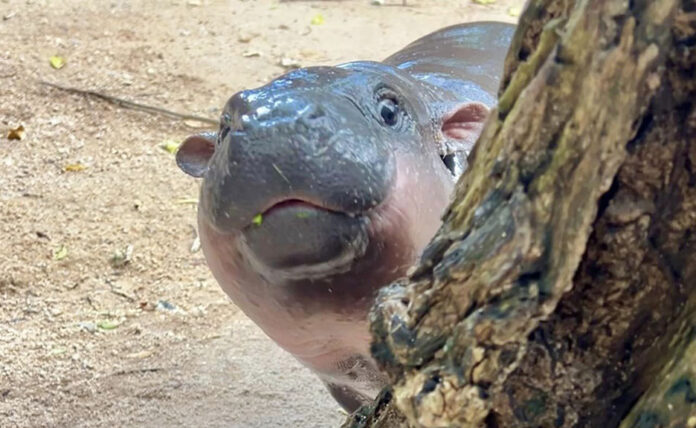To Kill A Mockingbird by Harper Lee is one of the most taught books in America, but recently the book has been starting to fade out of the curriculum. Recently in Mississippi, a school board cut the book from its schools and received immense backlash. Should Thomas Worthington High School follow in its footsteps or was this a grave mistake?
To Kill A Mockingbird has been widely praised for years for its exploration of difficult topics, specifically racism. But many people, students and teachers alike, have recently critiqued the book for many reasons.
One of the reasons people critique the book and don’t believe it should be taught in schools is its language. In an article by the NY Times called “To Kill a Mockingbird” should be taught, which is actually in support of teaching the book, critiques people’s idea that this is an issue.
The article states: “…it is necessary to understand that the world isn’t always going to be a safe place; schools choosing to shield the children from the kind of language used in books like Lee’s are actually hurting them.”
But the language isn’t the main issue most other articles and teachers point out. A different article, this one by NBC specifically has a very different critique of the article. “Let’s be clear: To Kill A Mockingbird is not a children’s book. It is an adult fairy tale, that is often read by children in wildly different — and sometimes profoundly damaging — ways.”
The article continues to further explain the damaging effects of the book, such as kids who had the n-word used against them may be sensitive to hearing it used so often in a classroom setting. Even if used in an educational setting or way, hearing a word that had been used against them negatively may make it hard to read the book for some students.
It should also be noted how the text can possibly be encouraging people to subconsciously believe that women lie about being raped as a cover-up for something, which is especially harmful in the current climate where people believe this is more prevalent.
People in support of the book can easily justify these things by saying that a good teacher will go through the extra steps to prevent these things from happening but don’t take into account the extra time that may take.
To Kill A Mockingbird consists of 281 pages, which may not seem like a lot, especially compared to some other books being taught, but taking into account the amount of time required to thoroughly explain why what was mentioned above isn’t true, say the definition of words students don’t know because the book has quite a few, and also giving assignments to make sure the students are keeping up with and understanding the book, it can take quite a while to get through the book.
This is corroborated by an English teacher named Jennifer Kubina during an assignment where students talk about the book they read for the quarter.
“I haven’t taught the book in a while and you’re reminding me how incredibly long it took to teach.”
Some may say this is necessary, but with so many other books dealing with the same topics To Kill A Mockingbird does, most of which are written by people of color, is it really necessary?
That is another critique of the book. Harper Lee is white, as are the main characters in the book. This has caused a recent spike in critique of the book, as many disapprove of Harper Lee’s portrayal of Atticus as a “white savior” and the point of view of the book being from one of his white children.
People also don’t like how well the book portrays Atticus when his thinking to today’s standard is very outdated. Both the book and the people who have read it tend to put Atticus on a metaphorical pedestal, when he wouldn’t have defended Tom Robinson of his own accord and only agreed because he was told to and is also not anti-racist; being completely fine with others being racist and not trying to change their harmful views.
To Kill A Mockingbird was a very progressive and eye-opening book at the time it was published, but nowadays there are much better options. Some of those include “The Hate U Give” by Angie Thompson, “Monster” by Walter Dean Myers, and “The Round House” by Louise Erdrich. And there’s even more.
To Kill A Mockingbird is hard to teach correctly, hasn’t evolved well with the times, is a book specifically made for adults, is written by a white woman, and portrays mostly white people.
At this point, it seems to be a nostalgia pick by teachers who adore the book or schools who are too rigid in their ways to change them. To Kill A Mockingbird shouldn’t be banned, but could be replaced with other books and perhaps taught at a higher level, specifically to seniors or in college.



















